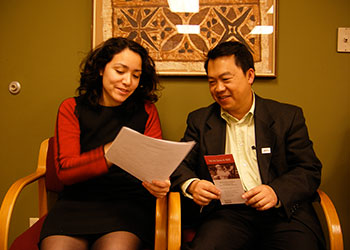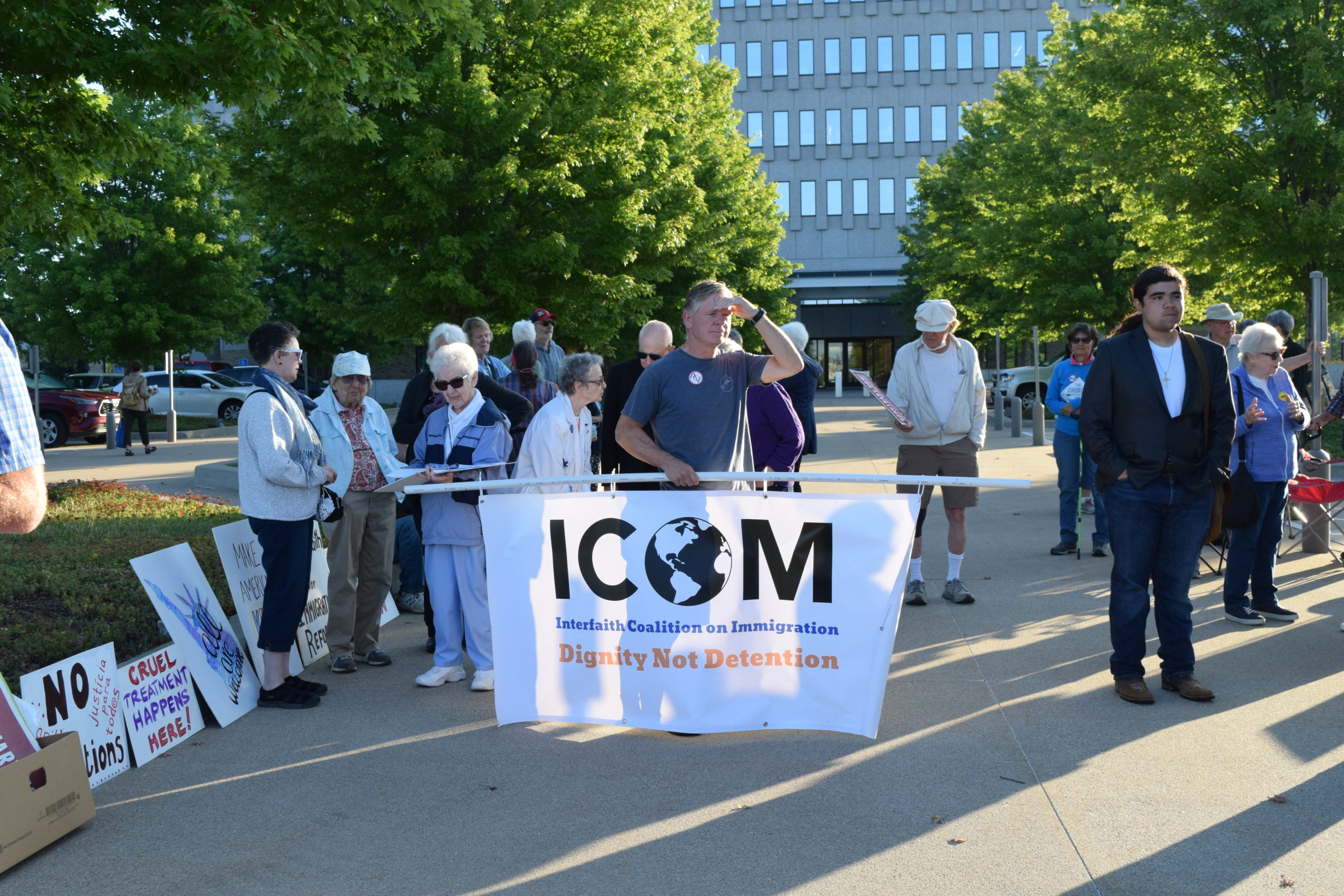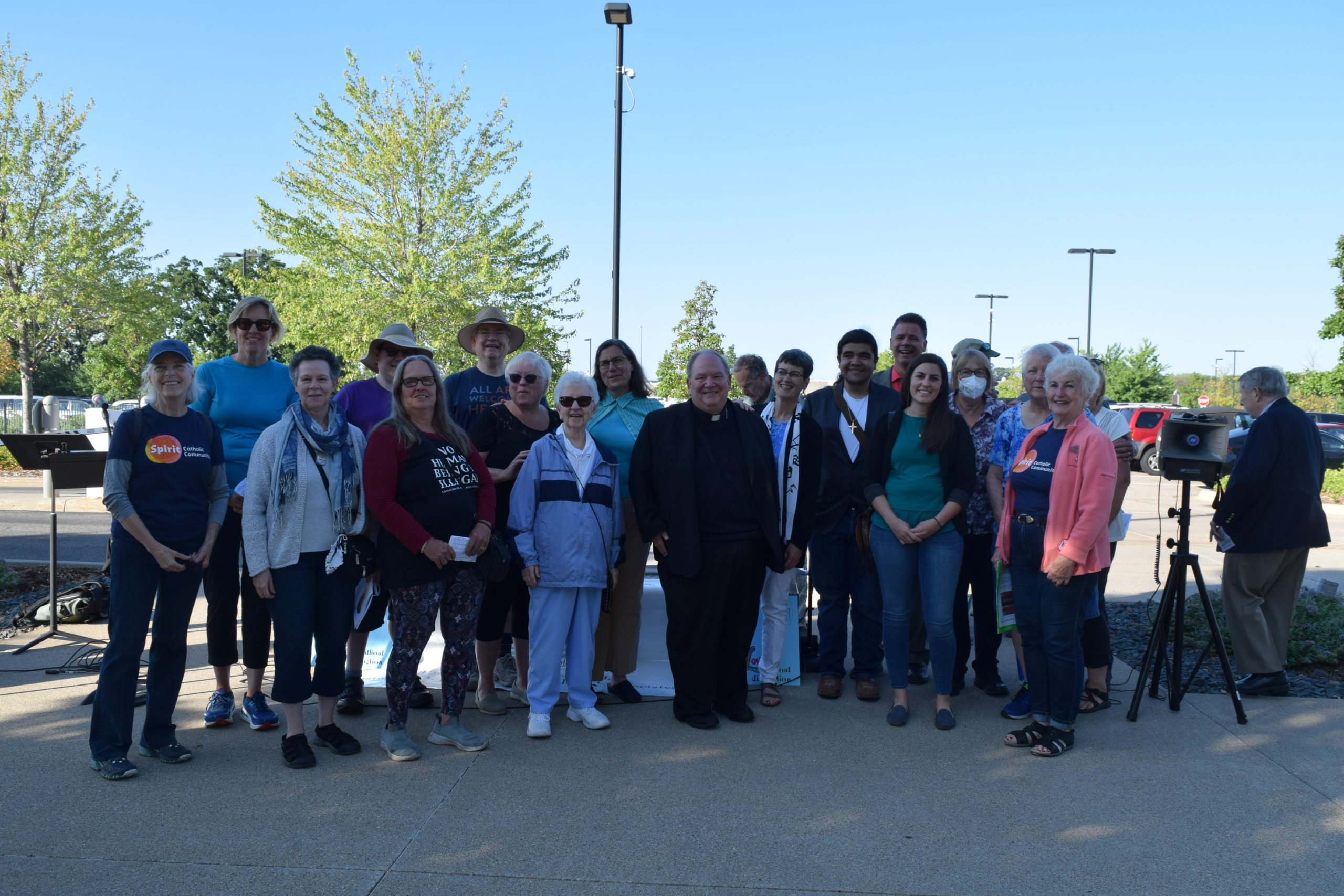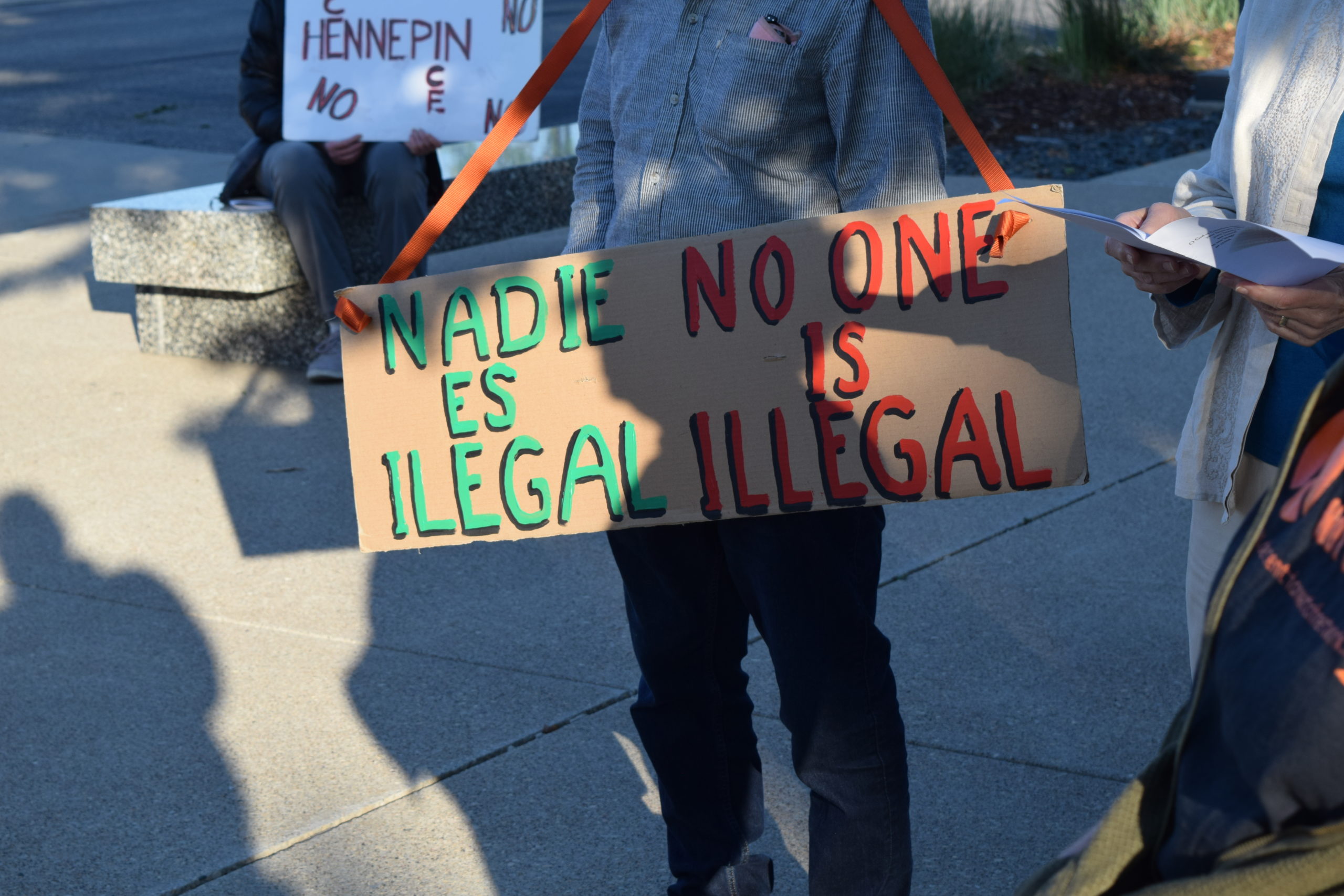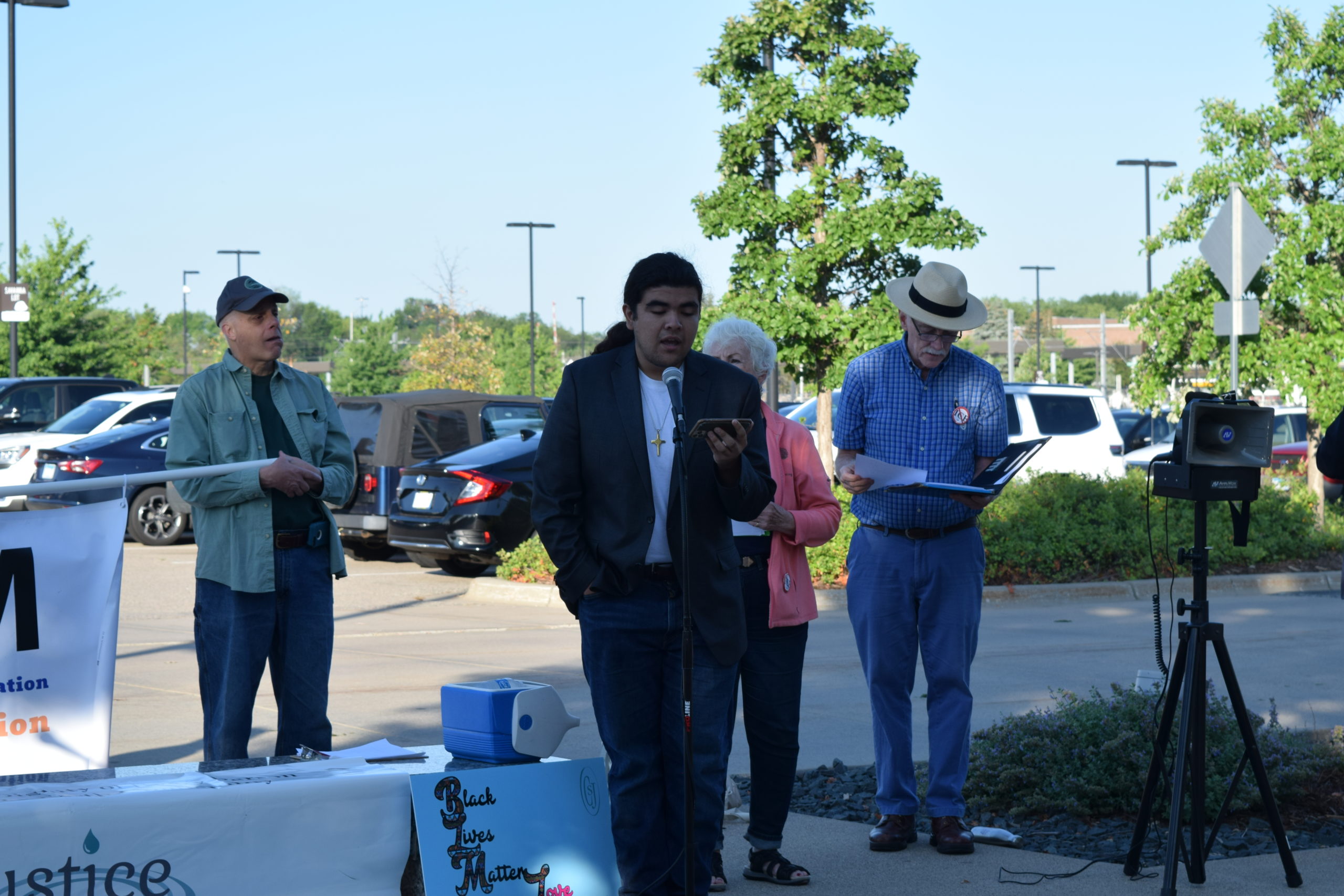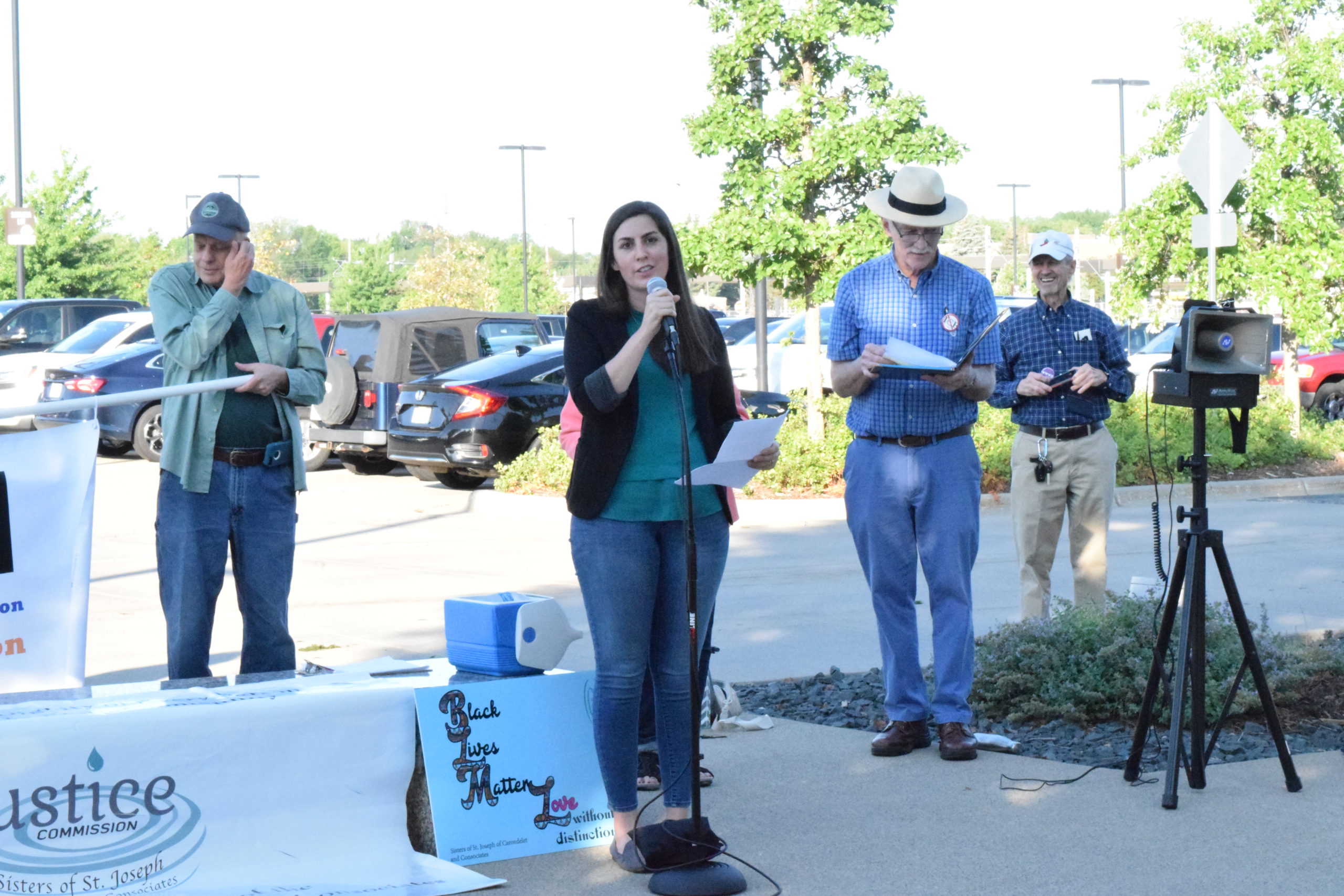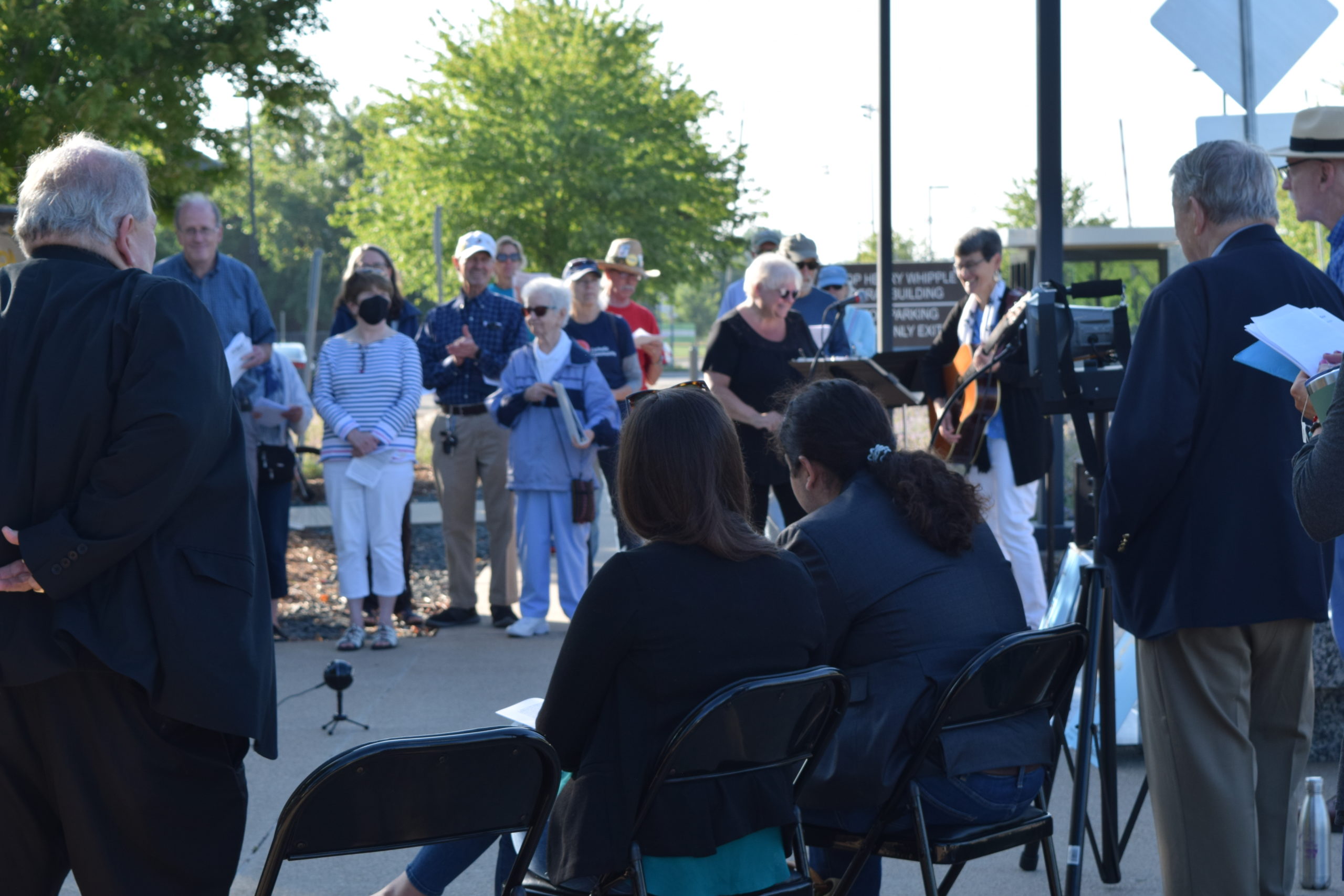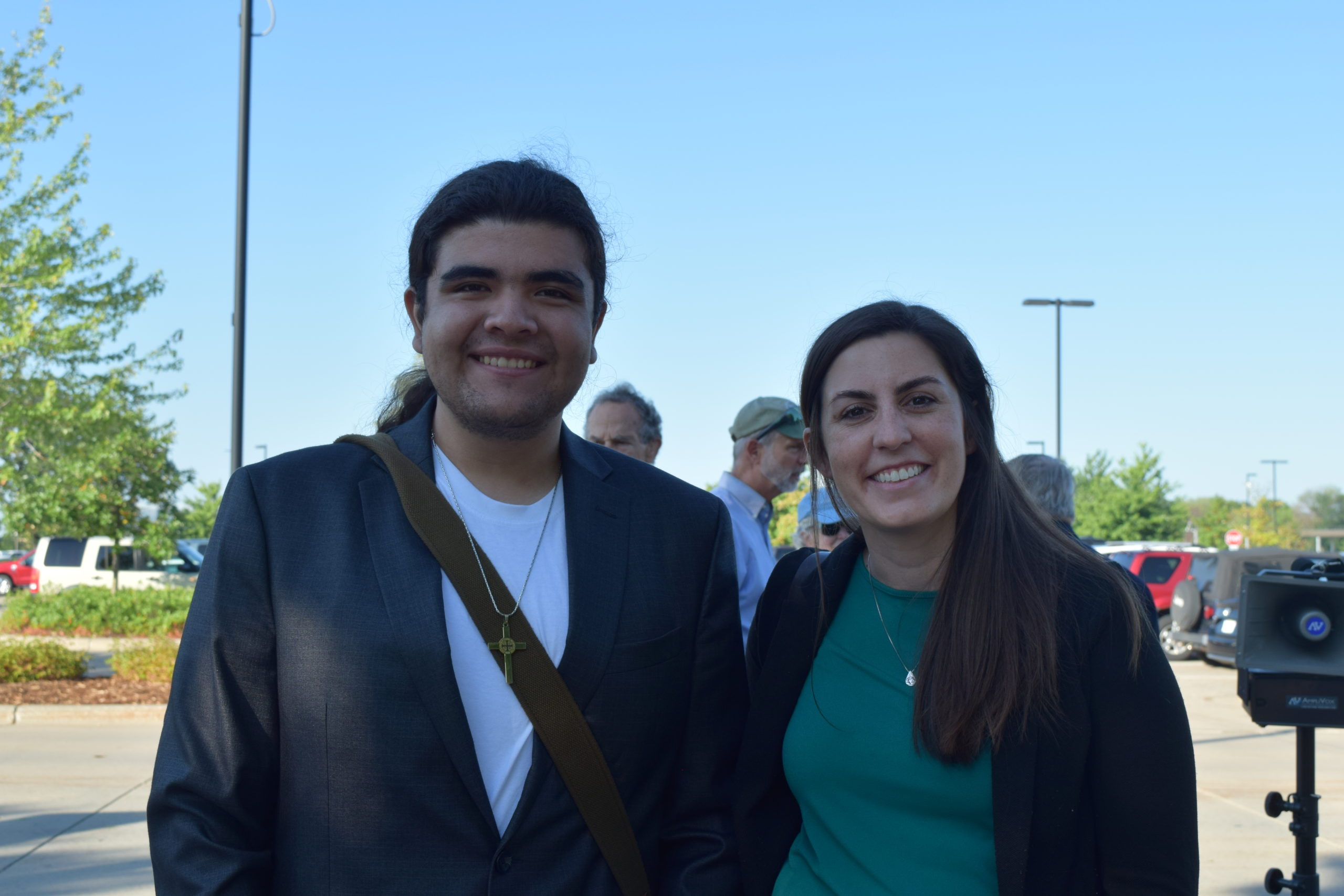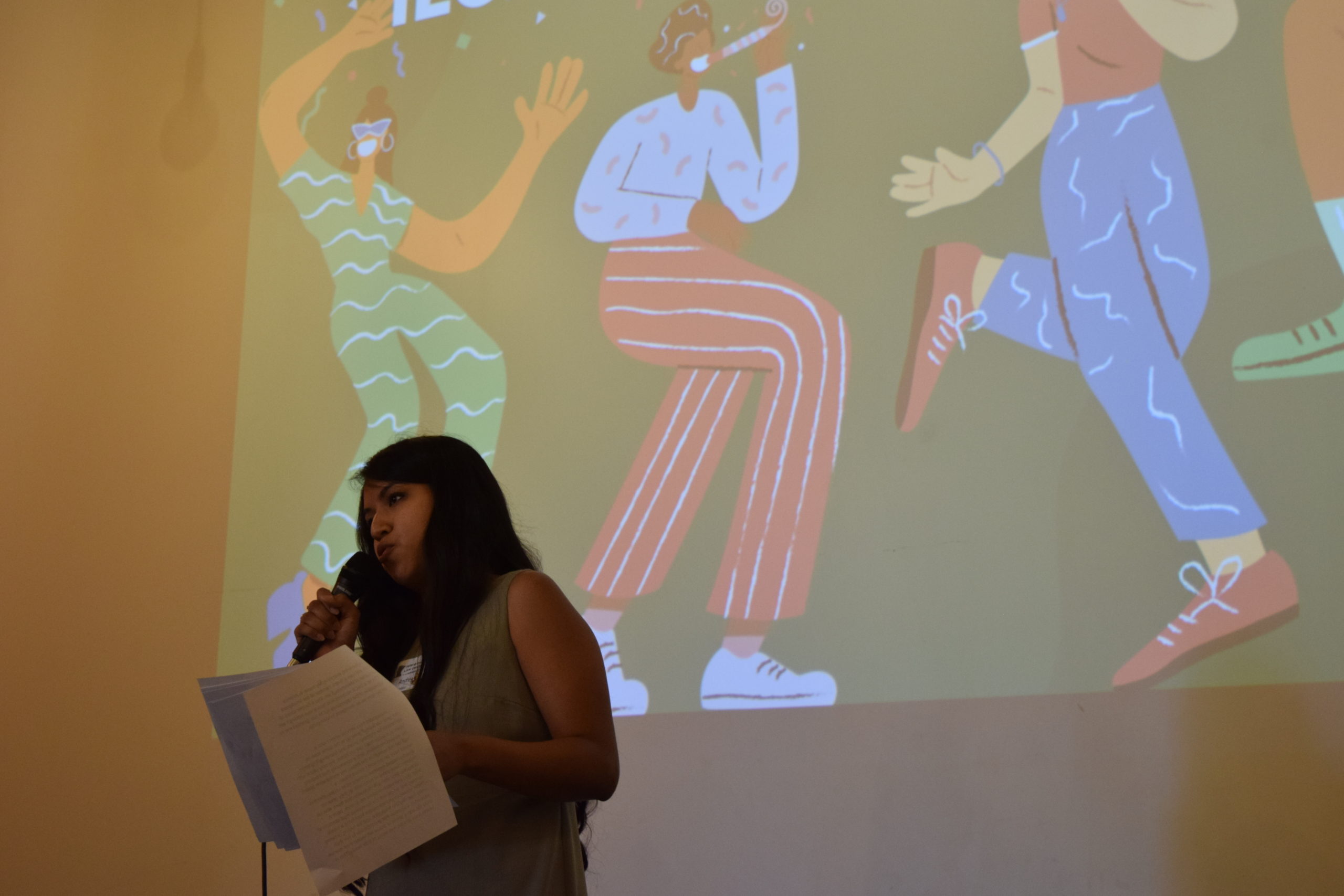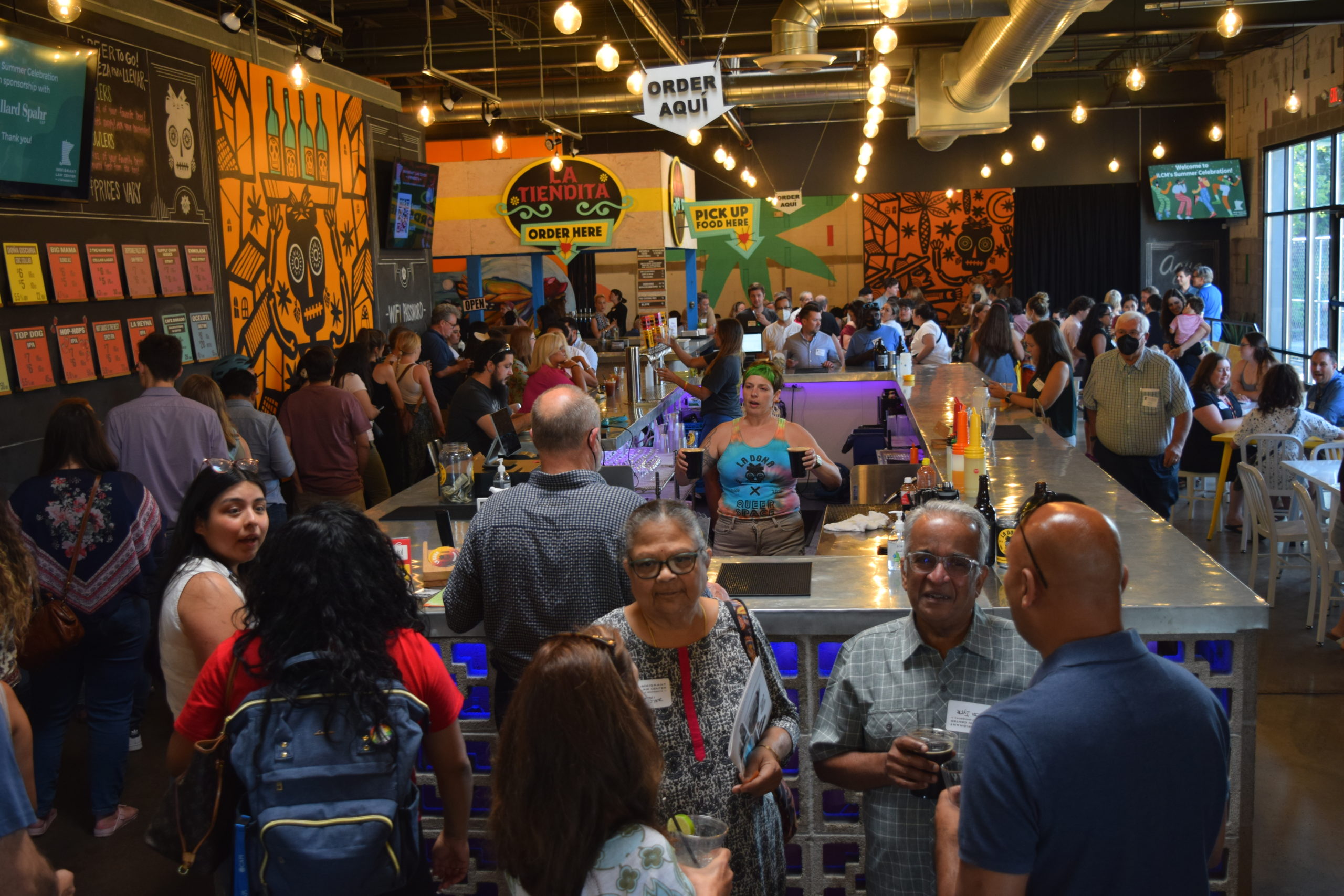Archives
Still awaiting citizenship, Minnesota’s frustrated ‘Dreamers’ push forward
Interfaith Coalition on Migration Vigil – August 9, 2022
Festival of Rights / Festival Legal
Thank you everyone for making the 1st annual festival of rights a success!
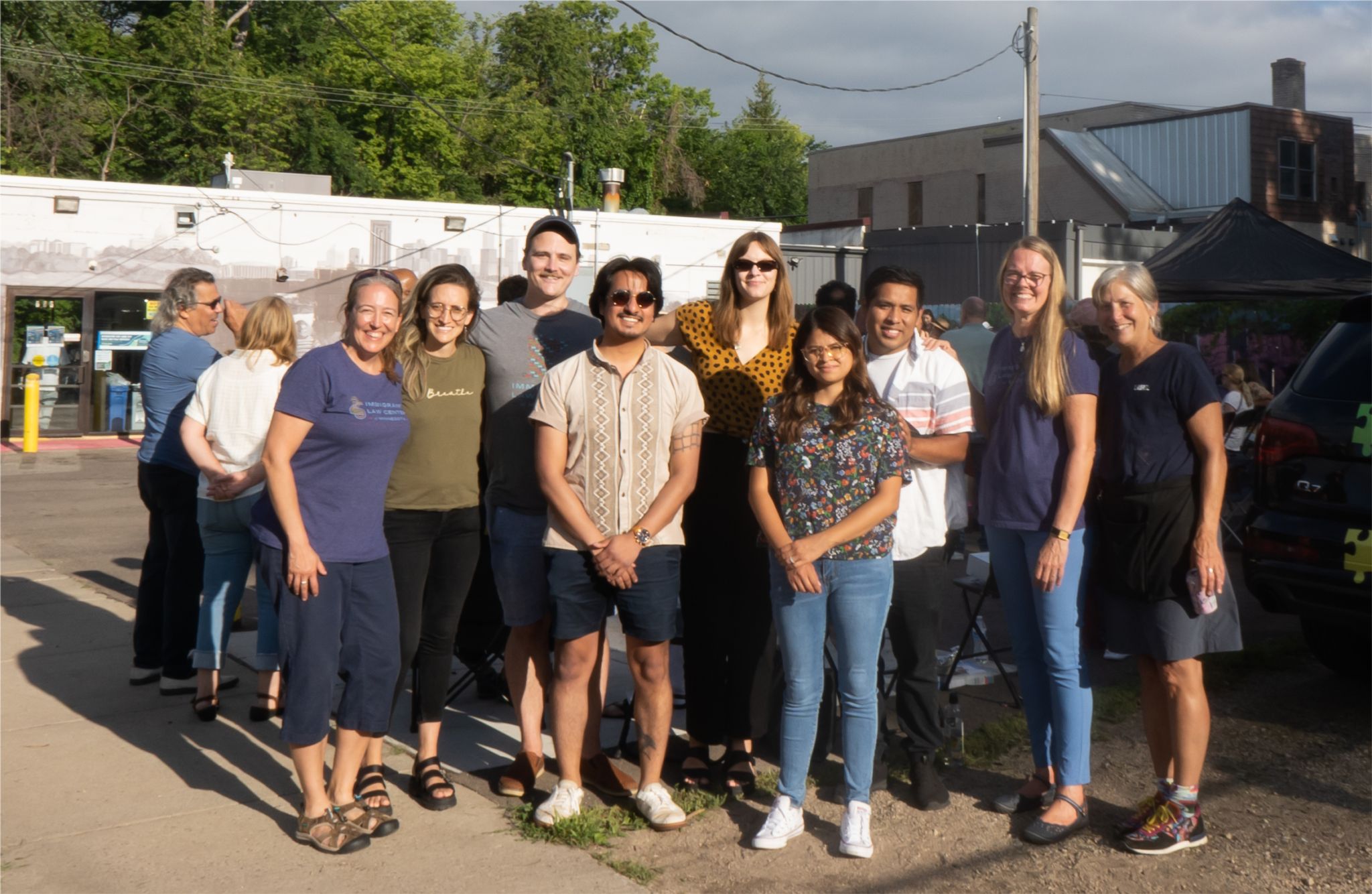
Thanks to our partners, Minnesota Hispanic Bar Association and CLUES for working with us to put on this amazing event! Thanks to the Beautiful Laundrette for hosting and Malamanya for ending our event with music, fun, and dancing!
CTUL
STMA ECFE – Early Childhood Family Education
Esperanza United
Girl Scouts of Minnesota and Girl Scouts River Valleys
Guiding Star Wakota
Immigrant Law Center of Minnesota
Interfaith Action of Greater Saint Paul
James H. Binger Center for New Americans
LegalCORPS
McLemore Holdings “Where Excellence Resides”
Minnesota Freedom Fund
Minnesota Hispanic Bar Association
MIRAC – Minnesota Immigrant Rights Action Committee
MORE
My Very Own Bed
Neighborhood Development Alliance (NeDA)
Neighborhood House
Neighborhood Justice Center, Inc.
One Day At A Time
Oromo Community of MN
Southern Minnesota Regional Legal Services
St Paul Public Library-Riverview Br
Tubman
Ujamaa Place
Vietnamese Social Services of MN
West Side Community Organization (WSCO)
Women’s Advocates
Afghan Adjustment Act: Now is the Time to Move Ahead
August 10, 2022— On August 9, one day before the anniversary of the fall of Kabul, bi-partisan groups of Senators and Representatives introduced an Afghan Adjustment Act in the House and Senate. The bill would offer a path to legal residence and citizenship for tens of thousands of Afghans who fled their country, many because their close ties to the United States endangered them.
“Thanks to the efforts of Minnesota Senator Amy Klobuchar and her colleagues, this bi-partisan bill has the best chance yet to protect the Afghans who assisted the U.S. in Afghanistan,” said Veena Iyer, executive director of the Immigrant Law Center of Minnesota. “We as a nation owe them safety and a chance to rebuild their lives here. We owe loyalty to those who were loyal to us, to those whose work saved the lives of U.S. service men and women. This legislation is a necessary step in the right direction, and both Democrats and Republicans must support its speedy passage.”
While more than 76,000 Afghan evacuees landed in the United States, tens of thousands remain in temporary camps around the world. Other Afghans in danger because of their ties to the United States or because of their political opinions, remain inside Afghanistan, living in hiding and in fear for their lives and the lives of their families. Minnesota has welcomed 1,241 Afghan evacuees, according to the Minnesota Refugee Resettlement Programs Office.
Current immigration law offers only slow and incomplete paths to safety, with years-long backlogs of applications for asylum or refugee status. Even the Special Immigrant Visa (SIV) program for Afghans who were actually employed the U.S. military or government is painfully slow, unreliable, and inadequate. The Afghan Adjustment Act will offer a path to permanence, with solid vetting and review.
Take Action: No Anti-Immigrant Amendments to Inflation Reduction Act
The Inflation Reduction Act will come up for votes in the Senate, and then in the House, possibly as soon as the first week of August. This is the pared-down version of Build Back Better. Just before the final vote, hundreds of amendments will be proposed in what is sometimes called a vote-a-rama. This is a final effort to insert provisions that otherwise would have no chance of approval, including anti-immigrant amendments.
Call your Senators. Call your Congressional Representative. Tell them to VOTE NO against any anti-immigrant amendments presented for this bill.
Among the anti-immigrant amendments that are likely to be proposed are:
- Ending Asylum at the Border by extending Title 42 expulsions. This would violate the administration’s commitment to providing a fair asylum system. Making Title 42’s rescission contingent on the termination of the COVID-19 emergency declaration is a ploy to keep asylum-seekers out. This racist policy endangers refugees, violates immigrants’ right to seek asylum and refuge, and accelerates anti-immigrant violence and rhetoric. Title 42, and deterrence-based policies like it, make both asylum-seekers and the border less safe.
- Harming Immigrants’ Health, Economic Well-Being, or Education. Keeping otherwise eligible families from accessing critical health programs, using economic supports, or pursuing their educational and employment goals undermines the health care goals of the Inflation Reduction Act.
- Further Bloating Enforcement or Militarizing the Border. Deterrence-based enforcement and continued surveillance and abuse, both at the border and throughout the interior, should not and cannot be inserted into the Inflation Reduction Act. This includes increased and unnecessary funding to interior enforcement, border enforcement, and detention as well as any punishment for states and localities who prioritize public safety by separating local government, including law enforcement, from federal immigration enforcement.
Call your Senators. Call your Congressional Representative. Tell them to VOTE NO against any anti-immigrant amendments presented for this bill.
Welcome New Citizens!
Yesterday we were thrilled to congratulate 12 ILCM clients on becoming U.S. citizens! Our clients were among approximately 900 other individuals taking the oath ceremony at the Saint Paul River Centre yesterday. Spending the morning surrounded by the hundreds of celebratory new citizens and their families was a great start to our day and a joyful reminder why we do what we do.
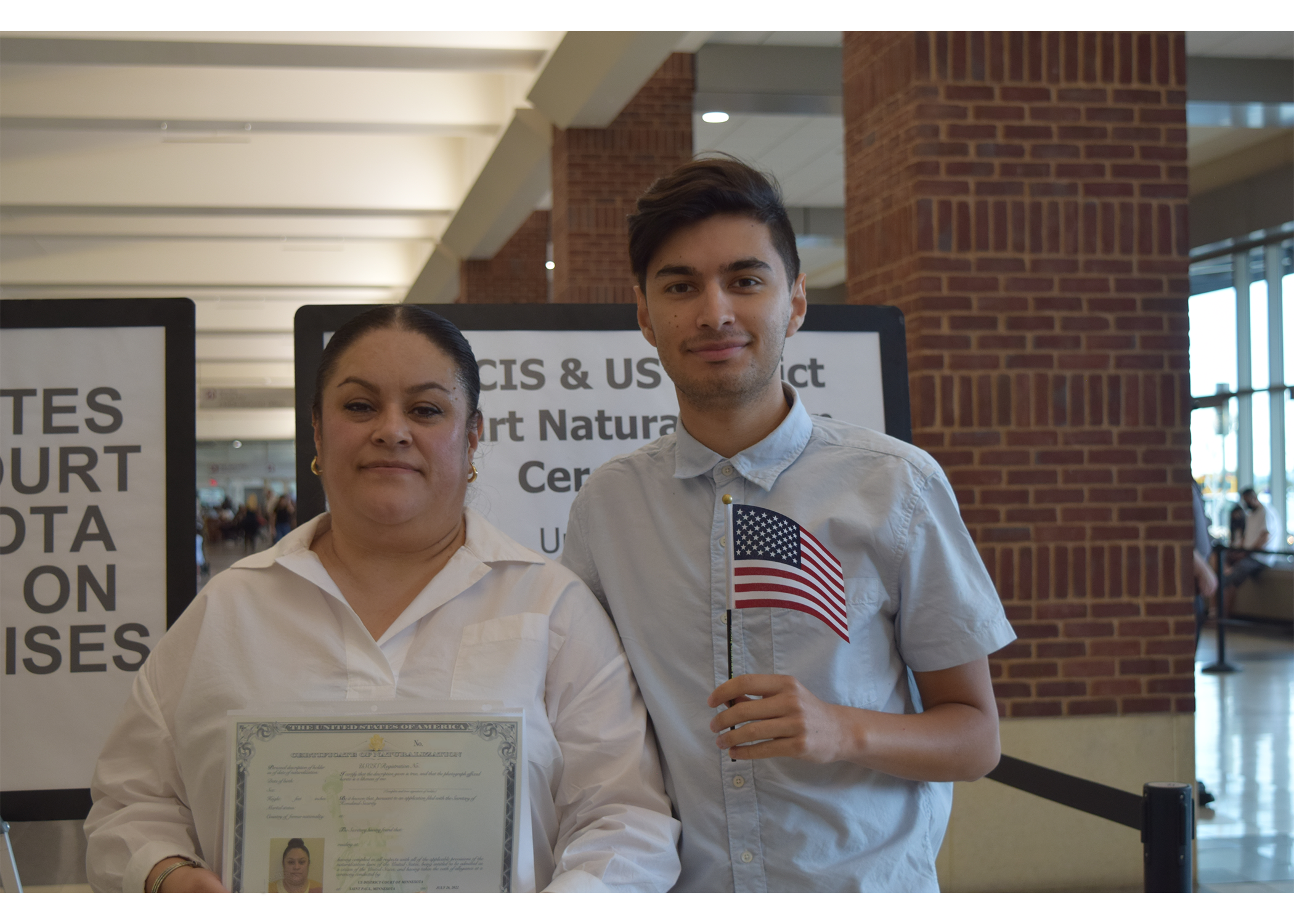 One of our clients taking the oath yesterday was Alba. Alba arrived in the United States when she was 17 years old and now, 31 years later, she’s finally a U.S. citizen! She registered to vote directly after the ceremony and this fall she’ll be voting for the very first time. Congratulations Alba!
One of our clients taking the oath yesterday was Alba. Alba arrived in the United States when she was 17 years old and now, 31 years later, she’s finally a U.S. citizen! She registered to vote directly after the ceremony and this fall she’ll be voting for the very first time. Congratulations Alba!
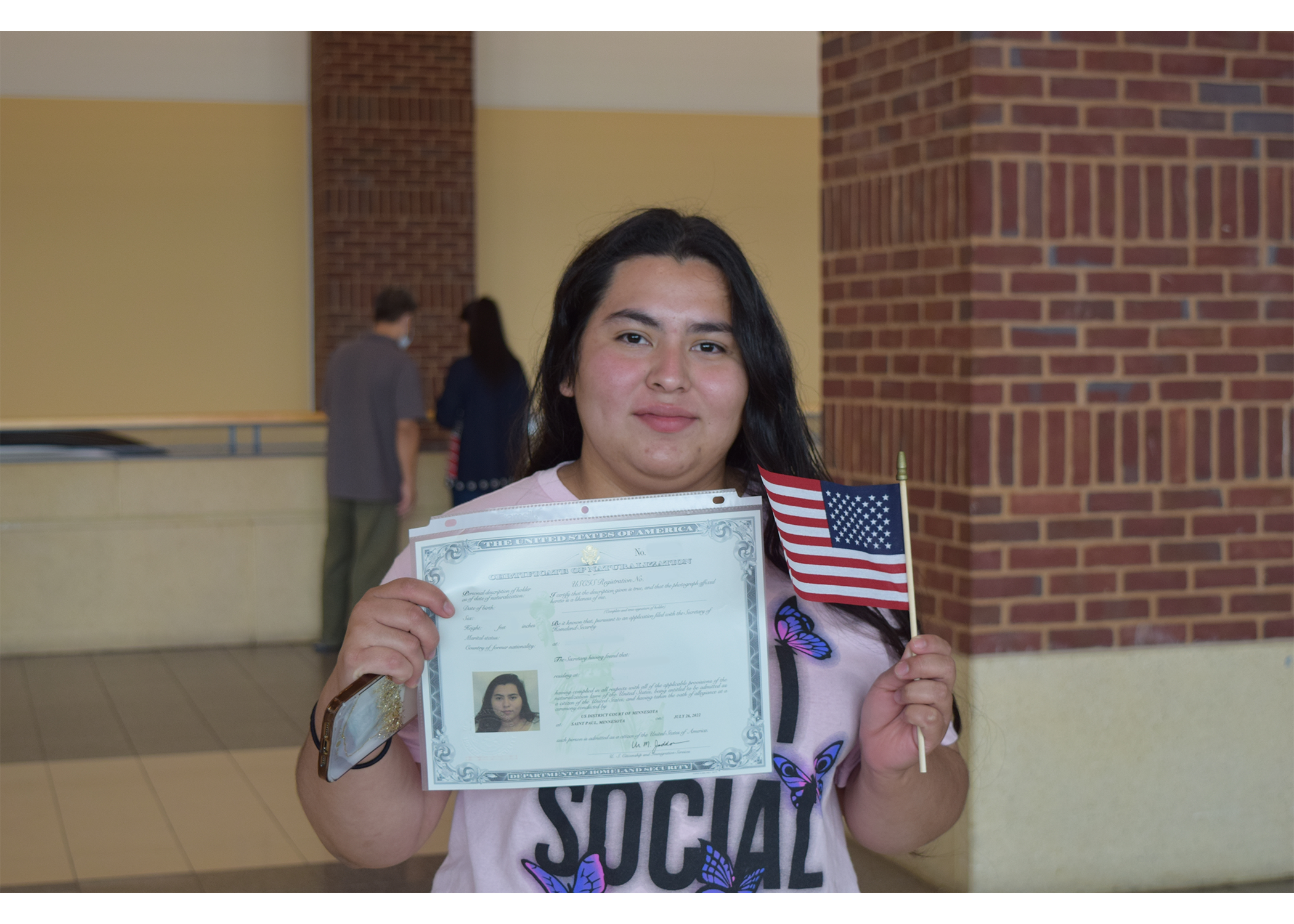 Another one of our clients taking the oath yesterday was Ariana*. Ariana has been a longtime client of ILCM. With her ILCM attorney, Ariana applied for asylum and special immigrant juvenile status and was eventually given asylum. Seven years later she is finally a U.S. citizen. Ariana is looking forward to going to college and becoming a CNA. Congratulations Ariana!
Another one of our clients taking the oath yesterday was Ariana*. Ariana has been a longtime client of ILCM. With her ILCM attorney, Ariana applied for asylum and special immigrant juvenile status and was eventually given asylum. Seven years later she is finally a U.S. citizen. Ariana is looking forward to going to college and becoming a CNA. Congratulations Ariana!
*The client chose to use a pseudonym to protect their identity.
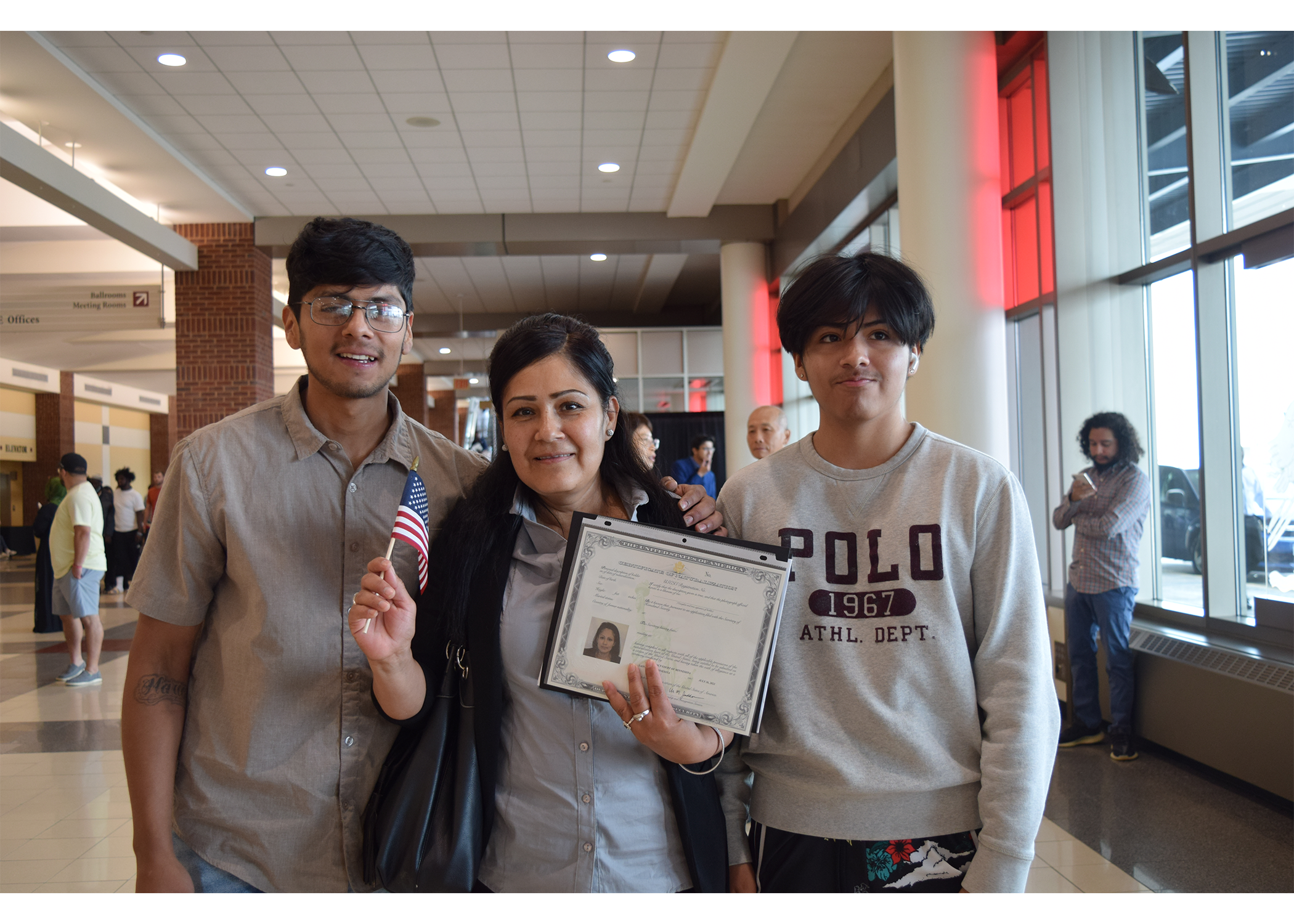 Another of our clients taking the oath yesterday was Maria. Maria was so happy to finally become a U.S. citizen. She has been a client of ILCM for over a decade and we’re thrilled to see her to this part of her journey. Maria and her sons were planning on a celebratory meal to celebrate. Congratulations Maria!
Another of our clients taking the oath yesterday was Maria. Maria was so happy to finally become a U.S. citizen. She has been a client of ILCM for over a decade and we’re thrilled to see her to this part of her journey. Maria and her sons were planning on a celebratory meal to celebrate. Congratulations Maria!
ILCM’s Summer Celebration
Thank you to everyone who joined us at our Summer Celebration!
 |
 |
Thank you to Ernest Bisong for the amazing music, Sandra Feist for your moving words, Board Member and former ILCM client, Andrea Valdez Correa for sharing your powerful story, and our pro bono awardees, Braynell Danue Estrada Britton and Audrey Callerstrom, for all you do for ILCM and our community.
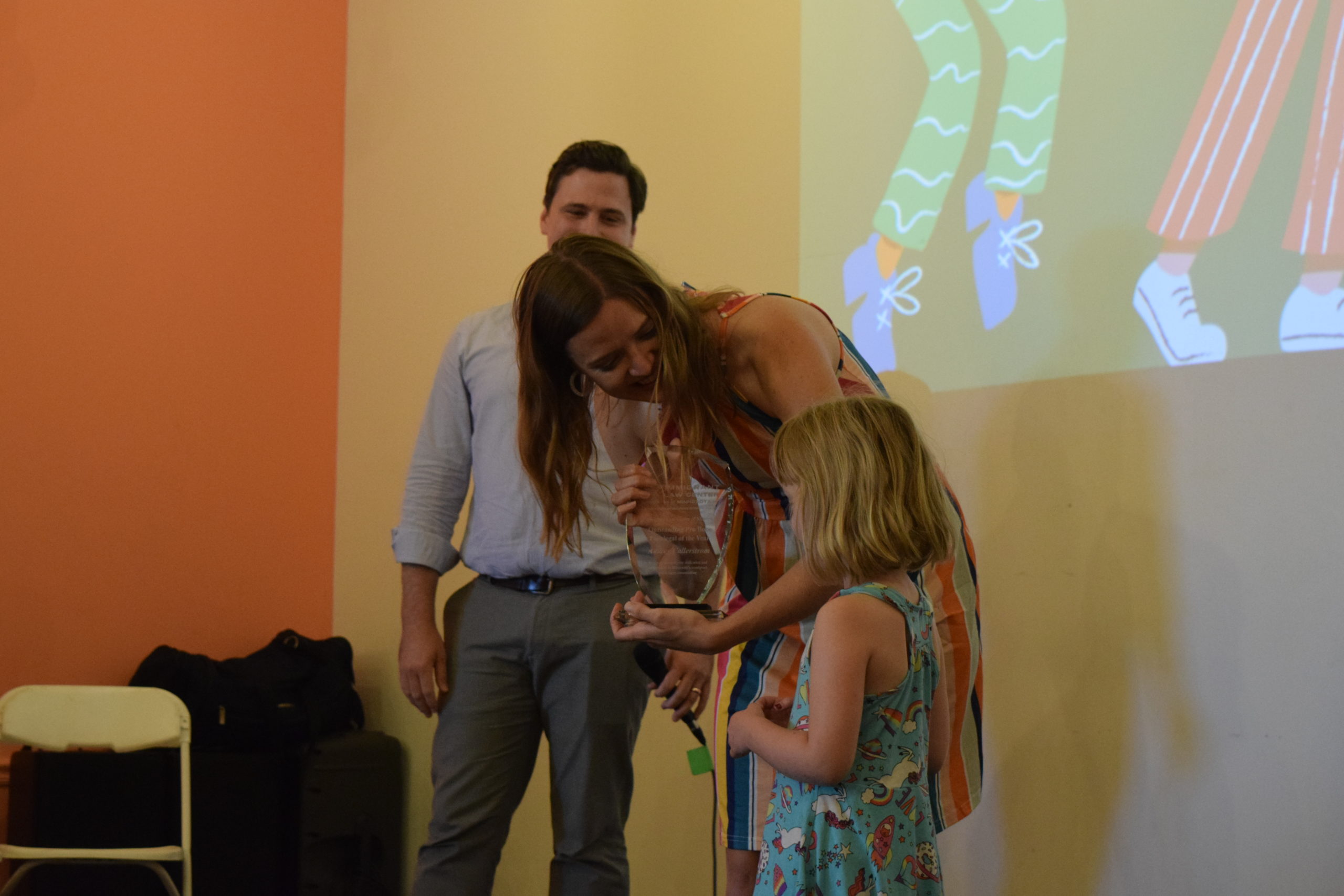 |
 |
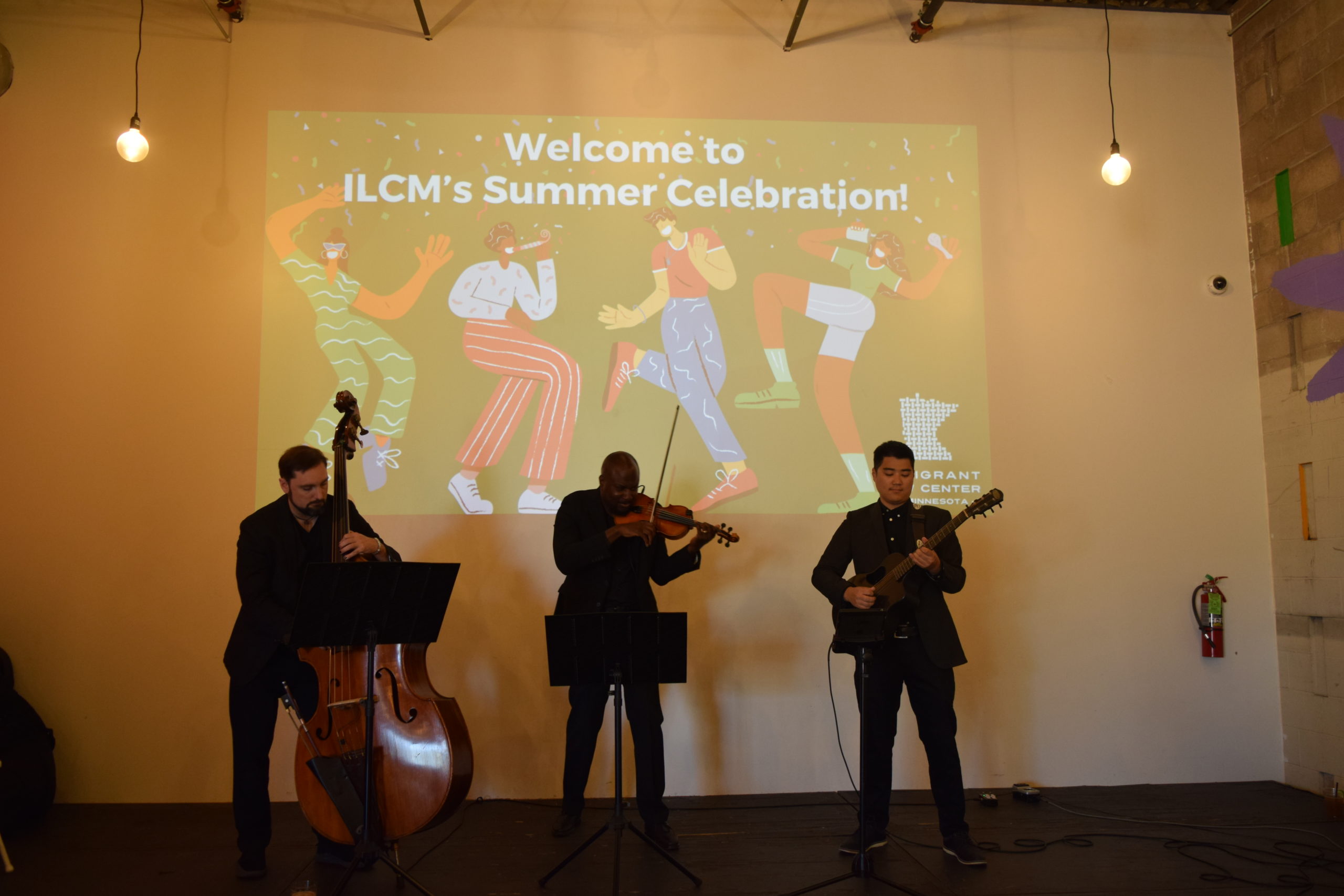 |
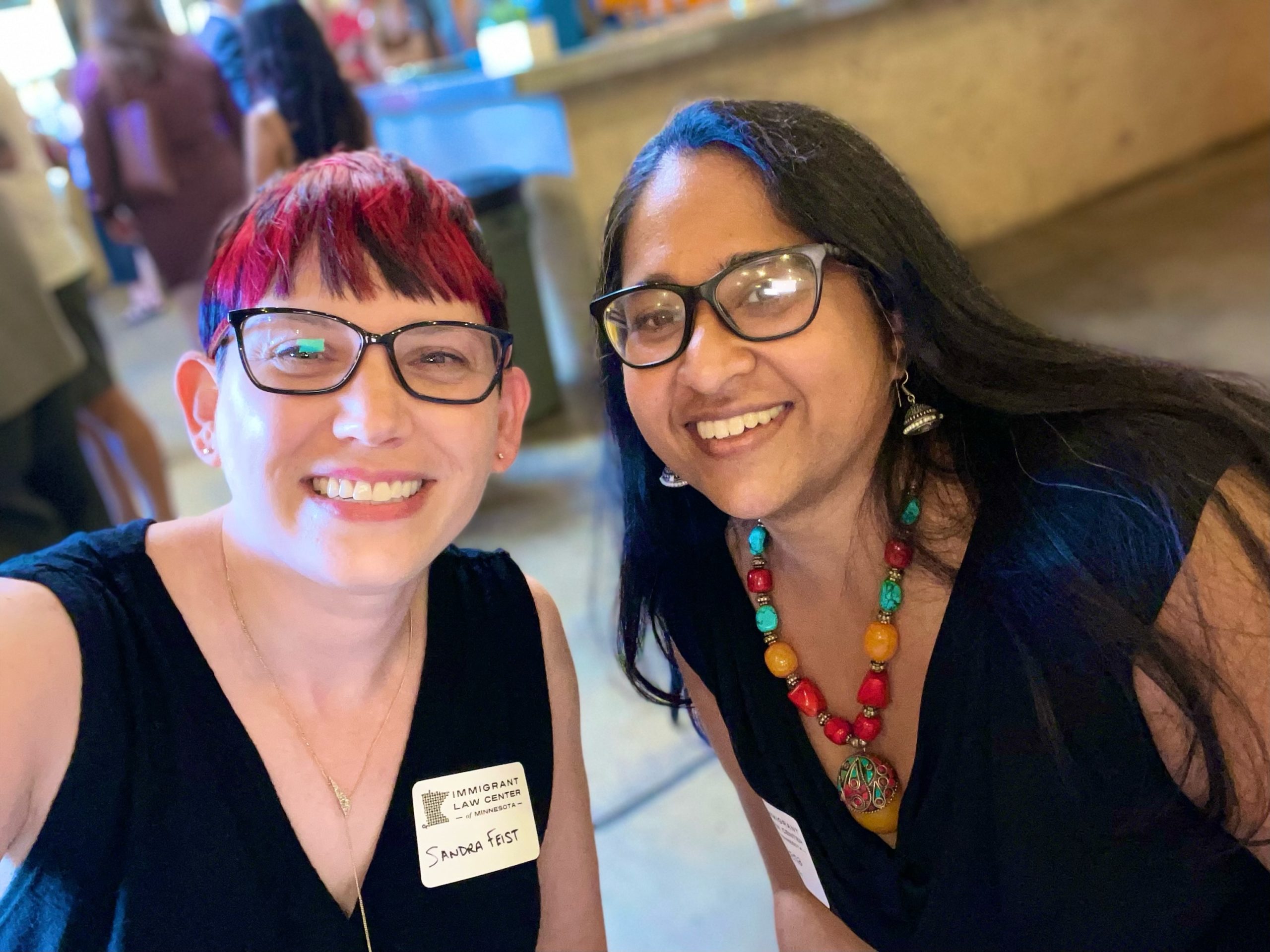 |
Thank you Ballard Spahr LLP for sponsoring, and La Doña Cervecería for having us!

